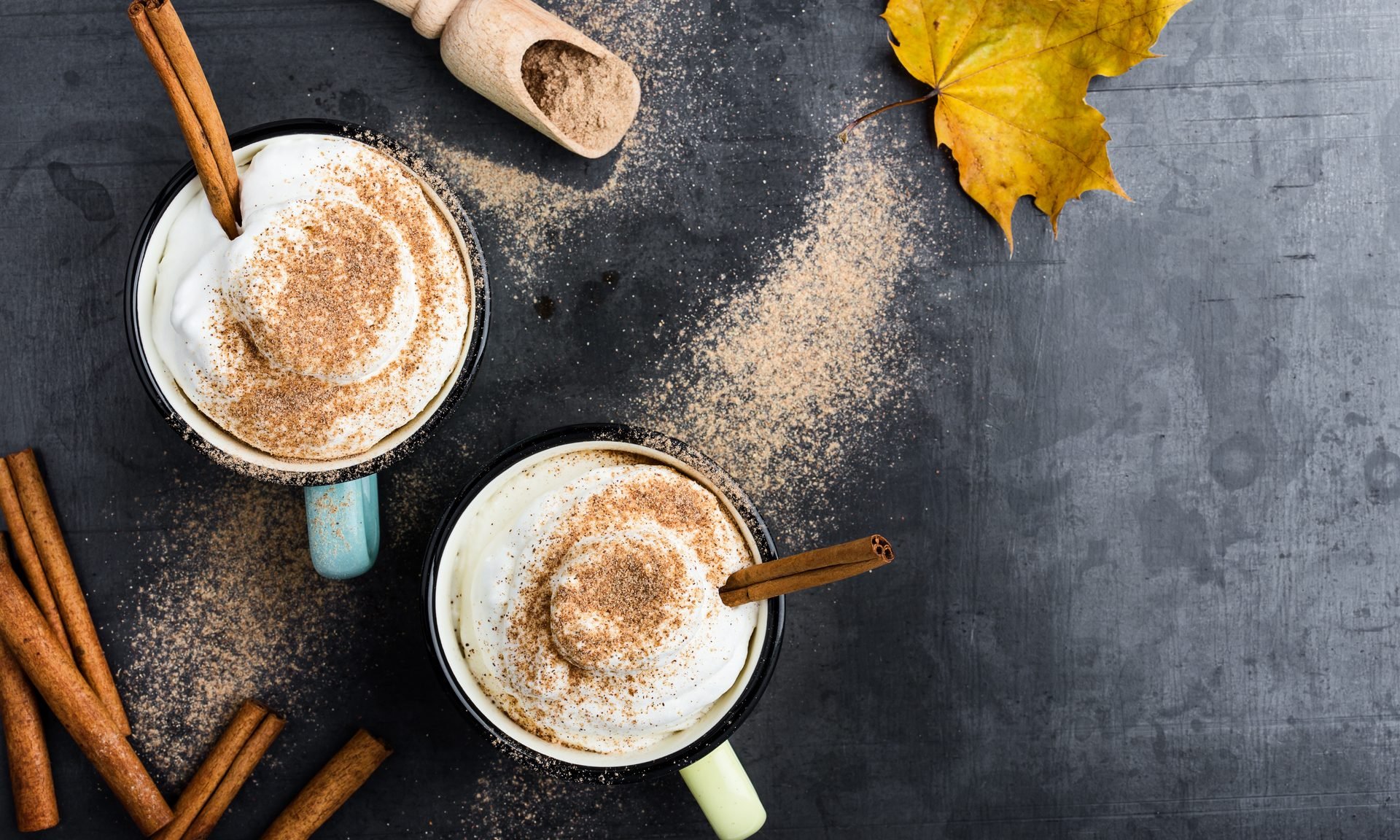How Tariffs Could Mess With Your Pumpkin Spice
Autumn’s signature flavor won’t be immune to tariffs.

Many, or all, of the products featured on this page are from our advertising partners who compensate us when you take certain actions on our website or click to take an action on their website. However, this does not influence our evaluations. Our opinions are our own. Here is a list of our partners and here's how we make money.
Like a crisp breeze and a color-changing leaf, pumpkin spice is the harbinger of fall. And it’s here — unavoidably so. As in, you can’t turn your head in a grocery store without seeing some kind of pumpkin-spice-flavored food: cookies, pancake mix, oatmeal, coffee creamer, granola bars, donuts, muffins, hummus, cereal, ice cream … you get the picture.
Pumpkin spice is traditionally a blend of five spices — cinnamon, nutmeg, ginger, cloves and allspice — and they’re all sourced primarily outside the U.S.
The spice industry is bracing for how tariffs could impact prices to import a variety of spices. The American Spice Trade Association says many spices require tropical conditions, which means they can’t be cultivated domestically. That includes staple spices like cinnamon, pepper, nutmeg, cloves and vanilla.
There is a 10% baseline tariff on all countries, with higher tariffs for certain countries. A major source for global spices is India, which faces a 50% tariff; a variety of spices originate there including red chilli, cumin, turmeric, black pepper, curry, nutmeg, cardamom, coriander, ginger and mustard seeds, among others.
Back to pumpkin spices. Let’s break down where they’re sourced from, based on import data from the World Bank’s World Integrated Trade Solution (WITS), and the tariffs those countries face:
- Cinnamon:
- Indonesia: 19% tariff.
- Vietnam: 20% tariff.
- India: 50% tariff.
- Sri Lanka: 20% tariff.
- China: 30% tariff.
- Nutmeg:
- Indonesia: 19% tariff
- India: 50% tariff.
- Vietnam: 20% tariff.
- Sri Lanka: 20% tariff.
- Netherlands: 15% tariff (the Netherlands re-imports spices)
- Ginger:
- China: 30% tariff.
- Netherlands: 15% tariff.
- India: 50% tariff.
- Peru: 10% tariff.
- Thailand: 19% tariff.
- Cloves
- Madagascar: 10% tariff.
- Indonesia: 19% tariff.
- Tanzania: 10% tariff.
- Sri Lanka: 20% tariff.
- United Arab Emirates: 10% tariff.
- Allspice
- Jamaica: 10% tariff.
- Mexico: 25% tariff.
- Honduras: 10% tariff.
- Guatemala: 10% tariff.
- Nicaragua: 18% tariff.
Tariffs are expected to increase the cost to ship spices to the U.S. That means that producers will need to absorb prices and/or pass them onto the consumer. That could result in fewer premium spice options and higher prices on grocery store shelves, in restaurants and, yes, even in your pumpkin spice latte. The taste of your food and spices may even change if companies need to source from countries that produce similar (but not identical) spices at a lower tariff rate — or turn to artificial flavors, as some products already have.
For McCormick & Company, a worldwide spice brand, it calculates its exposure to tariffs at about $90 million annually, with $50 million in 2025 alone. The company sources globally: roughly 17,000 unique materials from over 90 countries, which helps limit its tariff exposure. In the U.S., 90% of what’s sold is sourced domestically. In the call, executives said the tariffs don’t encourage U.S. production, but do raise costs for U.S. businesses and restaurants, as well as consumers.
There may be hope: The American Spice Trade Association says it's possible that the administration is considering a reduction in tariffs on specific commodities that can only be sourced abroad, like spices (which it says can be considered “Unavailable Natural Resources”).
That said, the financial impact of tariffs takes time to settle in so it may not impact spice prices this fall. Starbucks, which arguably launched the pumpkin spice craze, has yet to change the price of its signature latte.
Article sources
NerdWallet writers are subject matter authorities who use primary,
trustworthy sources to inform their work, including peer-reviewed
studies, government websites, academic research and interviews with
industry experts. All content is fact-checked for accuracy, timeliness
and relevance. You can learn more about NerdWallet's high
standards for journalism by reading our
editorial guidelines.
Related articles













